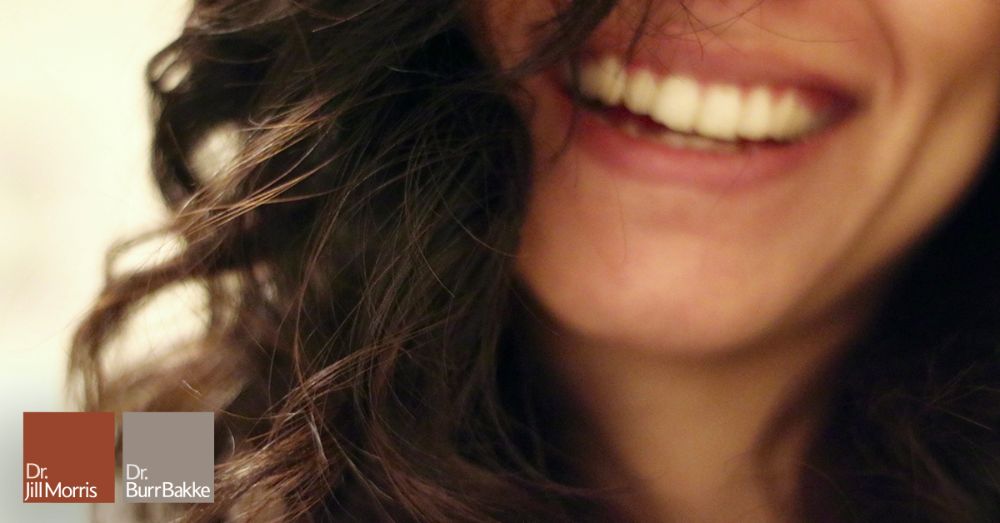No Prep Lumineers™vs Regular Veneers: Pros and Cons
Through the years I’ve had many patients ask about the difference in veneers. Lumineers™ is a trademarked name for a brand of veneer that is made by Den Mat laboratories in California. Den Mat has been a dental manufacturing and supply company for many years. Den Mat has invested a lot of money into advertising and has successfully trademarked the name of their veneer to be a household name. Much like “Kleenex” is for tissues. This is the first time that a dental product of this sort has been marketed to the general public.
Porcelain comes in a bottle in powder form. The powder is sold to laboratories all over the world. If the bottle of powder is made into a porcelain veneer, it is call a “DaVinci Veneer” in the DaVinci laboratory, or a “MAC Veneer” in the MAC laboratory or a Lumineer™ in the Den Mat laboratory. Each one of these laboratories is trying to trademark their veneers, even though they are many times using the same porcelain.
What makes a porcelain veneer different is the skill of the laboratory technician and dentist.
The Den Mat company advertises their Lumineer™ as a veneer that does not require removal of tooth structure. If a patient has straight, nicely aligned teeth and just wants a color change, the teeth do not have to be prepared or “altered”. If the teeth are crooked or have gaps between the teeth at the gumline, tooth preparation must be done in order to achieve great results. Through advertizing, the public has been led to believe that tooth preparation for a veneer is dangerous to the tooth. Let’s clear up some confusion.
1. Lumineers™ or “no-prep” veneers add a layer of thickness to the teeth. Some patients have found they cannot bring their lips together with this added thickness.
2. Lumineers™ or “no-prep” veneers do not have a finish margin at the gumline. This creates a ledge at the gumline that some patients complain of food trapping. Periodontists (gum specialists who treat gum disease) prefer a smooth transition between any restoration and the tooth. Ledges can trap bacteria and food and lead to gum problems and decay.
3. Lumineers™ or “no-prep” veneers do not require removal of tooth structure. This is healthier for the nerve and the veneers can be removed and the normal tooth is unaltered. Some patients report less sensitivity.
4. Lumineers™ or “no-prep” veneers are limited in what they can achieve esthetically. They are usually only one flat color that is stained. The technician cannot add translucency or other intricate porcelain characterizations. That is why Lumineers™ are usually cheaper in cost.
5. If the patient would like his or her teeth longer, this is very limited with Lumineers™ because the type of porcelain is weak if it is not supported from behind by tooth structure. The part sticking over the edge unsupported can break more easily. Pressed porcelain is much stronger where it is unsupported and can be used to lengthen teeth. Pressed porcelain is not the type of porcelain used in Den Mat Lumineers™.
If a patient has high esthetic expectations, would like a more natural looking veneer that has internal characterization built into the porcelain, smooth transition at the gumline, and no limitations as to length and design of the smile; a regular veneer is recommended. The preparation for a regular veneer is only 0.6mm removal of the enamel off the front and biting edge of the tooth.
Let’s talk about sensitivity. Much of the sensitivity which is mentioned is usually because of the technique the dentist used during the bonding process. Special training is imperative for the dentist to learn to properly bond and desensitize the teeth. Drs. Morris and Bakke use ozone and lasers to desensitize the teeth and kill bacteria. They have taught thousands of dentists the correct protocol for bonding of veneers. If there is sensitivity, it is minor and usually lasts less than 6 weeks. Some sensitivity to cold can be expected for a few weeks. Dr. Morris lectures to dentists nationwide about correct adhesive techniques. Both Drs. Bakke and Morris have taught dentists all over the world correct preparation, design, and adhesion protocols. Dr. Morris is the only accredited cosmetic dentist in the area. The American Academy of Cosmetic Dentistry has awarded accreditation to only 300 dentists worldwide.
In summary, there is a place in cosmetic dentistry for both “no-prep” and “regular prep” veneers. Talking about goals and smile design will help the patient and dentist determine which veneer type is best. Viewing pictures of both types of veneers is helpful as well as seeing the actual model of tooth preparation fully informs the patient before the best decision is made.

